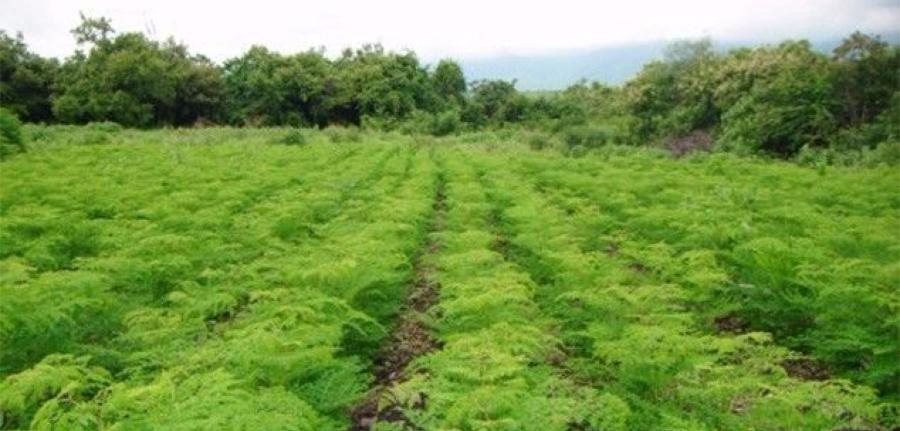
INNOCORP PRESENTE LE MORINGA DU TOGO : 1Ère QUALITÉ AU MONDE
INNOCORP Sarl TOGO exploite le Moringa depuis une vingtaine d’années au Togo, sur des terres extrêmement fertiles, permettant d’obtenir la meilleur qualité de Moringa au monde. Une soixantaine d’hectares sont dédiés à cette plante dont la demande est en forte croissance. Nous maîtrisons les différentes (...)
-
INNOCORP PRESENTS MORINGA FROM TOGO : 1st QUALITY IN THE WORLD
INNOCORP Sarl TOGO has been mining Moringa for about 20 years in Togo, on extremely fertile land, to obtain the best Moringa quality in the world. Sixty hectares are dedicated to this plant whose demand is growing rapidly. We master the different stages of cultivation and processing of MORINGA OLEIFERA : drying and grinding.
Currently we market our products locally, all over Africa, in Europe but also in the United States.
MORINGA OLEIFERA, often called simply moringa, is the most cultivated species of the Moringa genus of the monotypic family Moringaceae.Native to northern India (foothills of the Himalayas) and Sri Lanka (Ceylon), it is now acclimatized in almost all tropical regions : this small, fast-growing, drought-resistant tree can measure up to at 10 meters. Its young pods and leaves are used as vegetables. It can also be used for the purification of water, as a detergent, or as a medicinal plant.
A succulent xerophyte to caudex plant, Moringa oleifera is a fast-growing, deciduous tree that can reach a height of 10-12 meters and a trunk diameter of 45 centimeters. The whitish-gray bark is surrounded by a thick layer of cork.
The young shoots are purplish-red or greenish-white, and the stem is pubescent. The delicate branches forming the crown of the tree are ventilated and drooping.
The fragrant and bisexual flowers have five uneven petals, yellowish-white, finely veined. The flowers are about 1.0-1.5 centimeters long and 2.0 centimeters wide. They are arranged in diffuse or drooping clusters, 10-25 cm long, on a thin and hairy main axis. It is a honey plant. Nectar allows the production of Moringa honey.
Flowering can occur as early as six months after planting. In cold regions, flowering occurs only once a year (between April and June in the northern hemisphere). Depending on seasonal conditions of temperature and rainfall, flowering can occur twice a year, or sometimes throughout the year.
The fruit is a pendulous, trine, brown capsule, becoming dark brown when ripe, measuring 20-45 cm with a diameter of about 1 cm and containing about 30 seeds. The globular seeds carry three whitish papery wings developing on a shell similar to that of peanut. They are scattered by wind and water.


